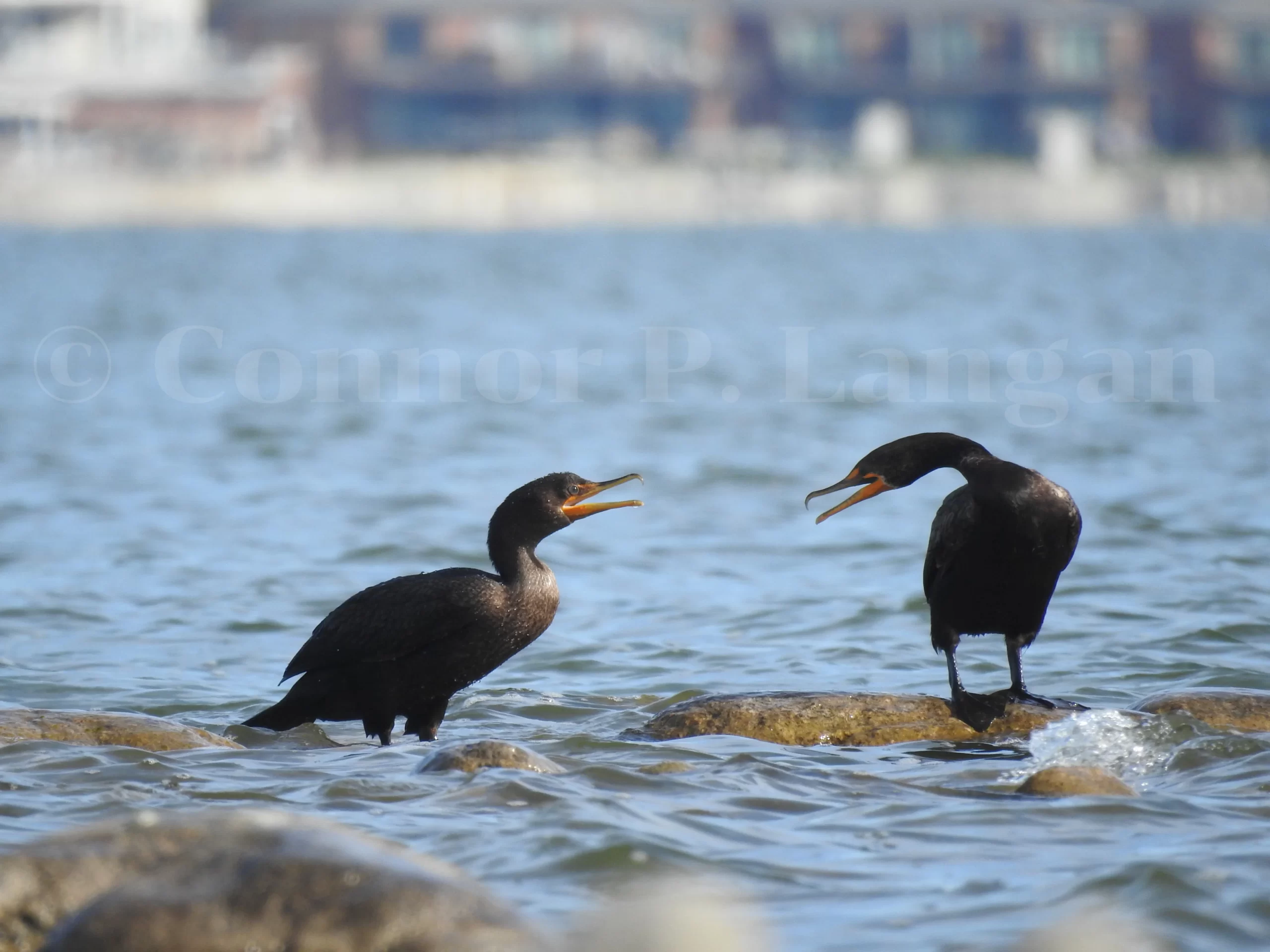Before I discuss birds similar to cormorants, let’s make sure we’re all on the same page by first going over a cormorant’s appearance. So, what does a cormorant look like?
Cormorants are large, fish-eating birds that are distributed throughout most of the world. All species have dark feathers, but some may also have a collection of white feathers. Cormorants are a rather diverse family of birds, with 39 species. Nonetheless, there are several birds like cormorants that can be found inhabiting the same environments. Therefore, I’ve created this guide for birds similar to cormorants to help you distinguish between true cormorants and lookalikes.
You’ll have a chance to read about several birds similar to cormorants as I describe how to distinguish cormorants from species that look like them. Additionally, I will describe where to view birds that look like cormorants. Let’s get started!
Table of Contents
List Of Birds Similar To Cormorants
Anhinga/Darter
The Anhingidae family includes four species. The Anhinga is the most recognizable species, being native to the southern United States where it is a recognizable black bird in Florida. Additionally, there are three species of darters, which are native to Africa, Asia, and Australia. So, what is the major difference between Anhinga and cormorant species? Keep reading as I reveal the answer!
Darters are birds that look like a cormorant that are the most similar to these creatures. Indeed, like cormorants, they’ve got long necks, dark plumage, and a propensity for diving underwater to catch fish. However, there are plenty of differences between these bird families. For instance, the biggest difference between cormorants and darters can be observed in their bills. Darters have long, sharp bills while cormorants have thicker, hooked bills.
Other differences between these birds are more subtle. For starters, darters have longer tails and necks than cormorants. In flight, darters can soar through the sky like a raptor, but cormorants must constantly flap their wings to stay airborne.
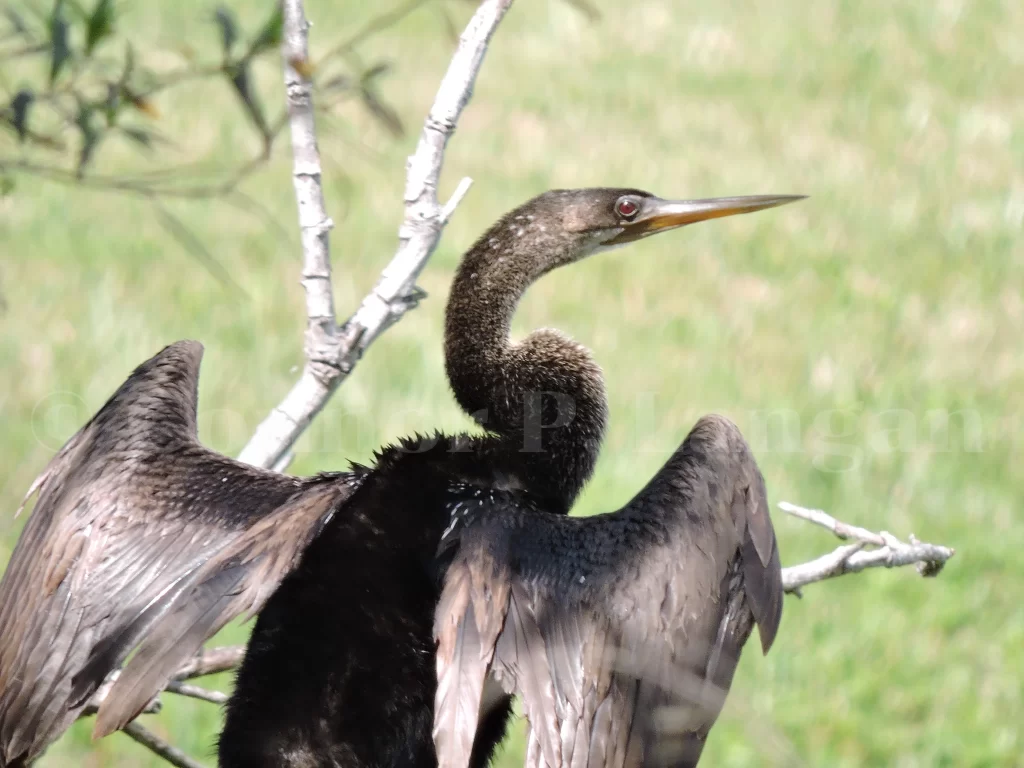
Both of these bird families eat fish, however, darters impale fish underwater instead of grabbing them with their bills like cormorants. Neither darters nor cormorants have waterproof plumage, so they have to spread their wings out to dry following a dive. Although both cormorants and darters hunt for fish, darters are only found in freshwater habitats, whereas cormorants are found in both freshwater and saltwater.
Boobies
The Sulidae family contains ten species of boobies. Three of the birds in this family are known as gannets, but the others bear the booby name. Boobies have similar body shapes and diets to cormorants, making them birds similar to cormorants. However, there are also many differences between the two families. Let’s start with the similarities.
Both boobies and cormorants are large, fish-eating birds. Boobies and cormorants both have webbed feet that allow them to swim through water with ease. Moreover, both boobies and cormorants have long necks and long, thick bills. However, booby bills do not curve at the tip like the bills of cormorants. Now that we’ve covered the similarities between cormorants and boobies, it’s time to discuss the differences.
Unlike cormorants, most boobies are primarily white, but the Brown Booby is an exception to this rule. Despite both eating fish, boobies and cormorants have very different feeding styles. Indeed, boobies tuck their wings in mid-flight and plunge into the water on unsuspecting fish – a stark difference to the underwater forays made by cormorants. Moreover, boobies live at sea for much of the year. They can accomplish this feat thanks to their waterproof feathers.
So, a boobie is a bird similar to cormorant species, but there are lots of differences.
Grebes
Grebes are birds similar to cormorants that contain 19 extant species. Many grebes are much smaller than cormorants, but grebes on the large end of the size spectrum are close in size. They’ve got a widespread distribution much like cormorants. Although some grebes look nothing like cormorants, there are some similarities to discuss.
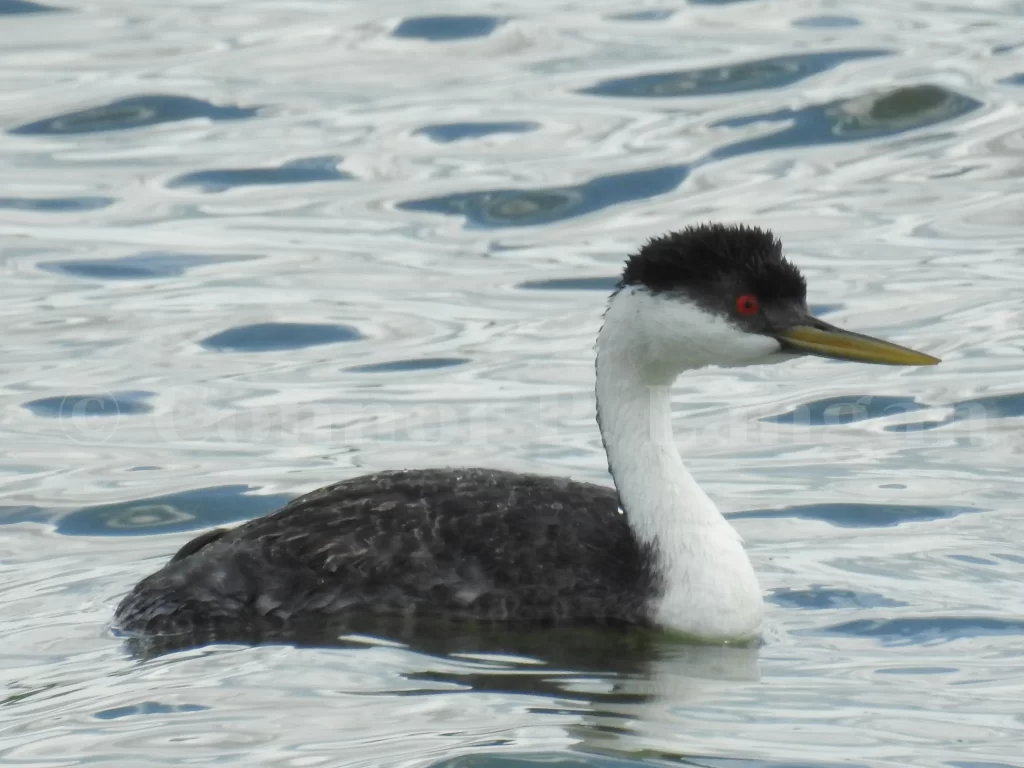
For starters, grebes love to eat fish much like cormorants, and many also catch fish by diving underwater and capturing them in their bills. However, some of the larger grebe species have long, slim bills, so they tend to impale fish like darters. The larger species of grebe–such as Western Grebes, Clark’s Grebes, and Great Grebes–have long necks, and they can look quite similar to swimming cormorants if viewed at a distance. Although there are a few similarities between grebes and cormorants, there is no shortage of differences.
Some grebe species would never be mistaken for cormorants because of their tiny size, but the large grebes are reminiscent of swimming cormorants. However, note that these species will lack hooked bills. Despite both grebes and cormorants being adept swimmers, grebes lack the webbed feet of cormorants, instead having lobed feet. Grebes are more adapted to life in water compared to cormorants, as they possess waterproof feathers. However, the tradeoff for grebes is that they cannot perch since their feet are set so far back on their bodies.
Ultimately, grebes are birds like cormorants, but there are plenty of differences.
Loons
There are five species of loons that can be found throughout much of the northern hemisphere. Although loons and cormorants have many differences, the birds may be mistaken for each other if a birder is viewing a distant swimming bird. Let’s examine some similarities in the cormorant vs loon debate.
The most obvious similarity to loons and cormorants would be their diets, as fish is the primary prey for both families. Like cormorants, loons may be found in both fresh and saltwater ecosystems. Loons have lengthy necks and long bills like cormorants, and the two may be mistaken for one another when swimming.
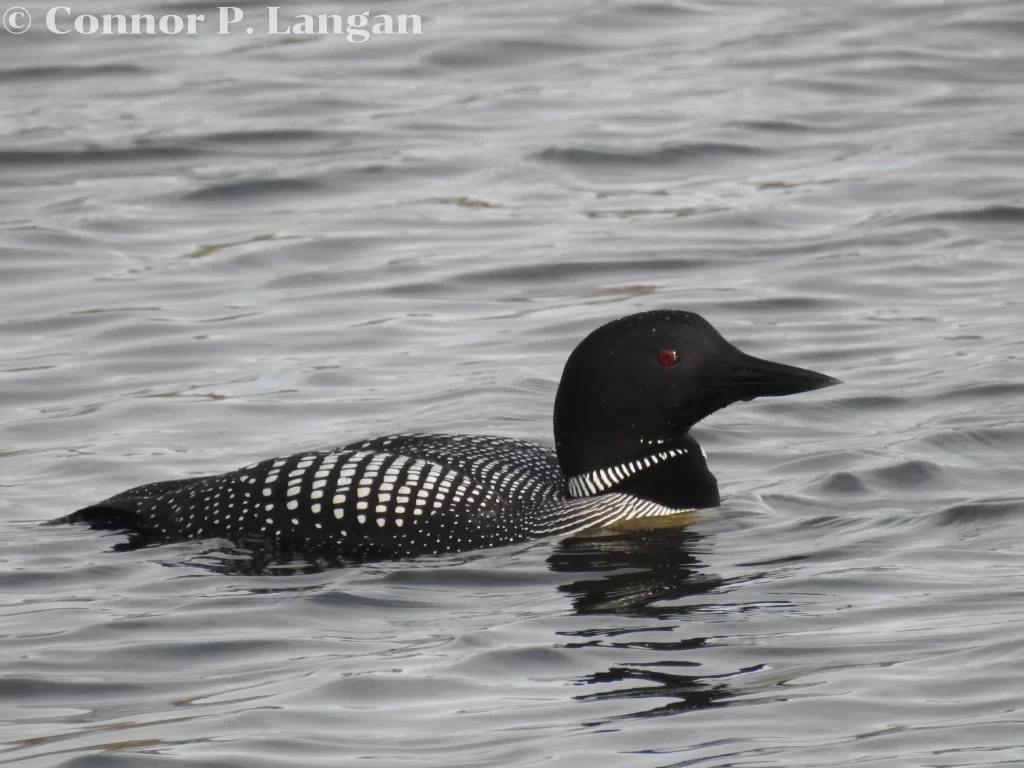
Moreover, some loons have a slightly upturned head profile while they swim – a characteristic that cormorants frequently demonstrate. The last similarities in the cormorant vs loon debate is that loons have webbed feet and also feed by diving underwater and capturing fish. Though loons are certainly birds like cormorants, there are many differences between loons and cormorants.
Loons have feet that are at the rear of their bodies much like grebes, so they’re unable to perch or walk on land. Although their bills are similar, loon bills lack the hooked tip that cormorants have. Of course, loons are also restricted to the northern hemisphere, so they don’t overlap with cormorants in some areas.
Finfoots
Finfoots are an odd family of birds that look like crosses between a duck and a grebe. There are three finfoot species – all of which occur in aquatic habitats that cormorants may also frequent.
Separating a finfoot from a cormorant is rather easy. For starters, finfoots have more ornate colors and patterns compared to most cormorants. Moreover, their feet are not webbed like those of cormorants, and they rarely dive. Also, note that finfoots have habits of pumping their necks as they paddle along the surface of the water – a habit that is not seen in cormorants.
Despite all of these differences, finfoots and cormorants share some similarities. For starters, both have long, rather thick bills. Additionally, both families have long tails and small heads in proportion to their bodies.
Difference Between Shags and Cormorants
Those living in the UK, Europe, or Asia may be familiar with birds that are known as shags. Anyone who has observed a shag may note that it looks very similar to a cormorant, but is there a difference between shags and cormorants?
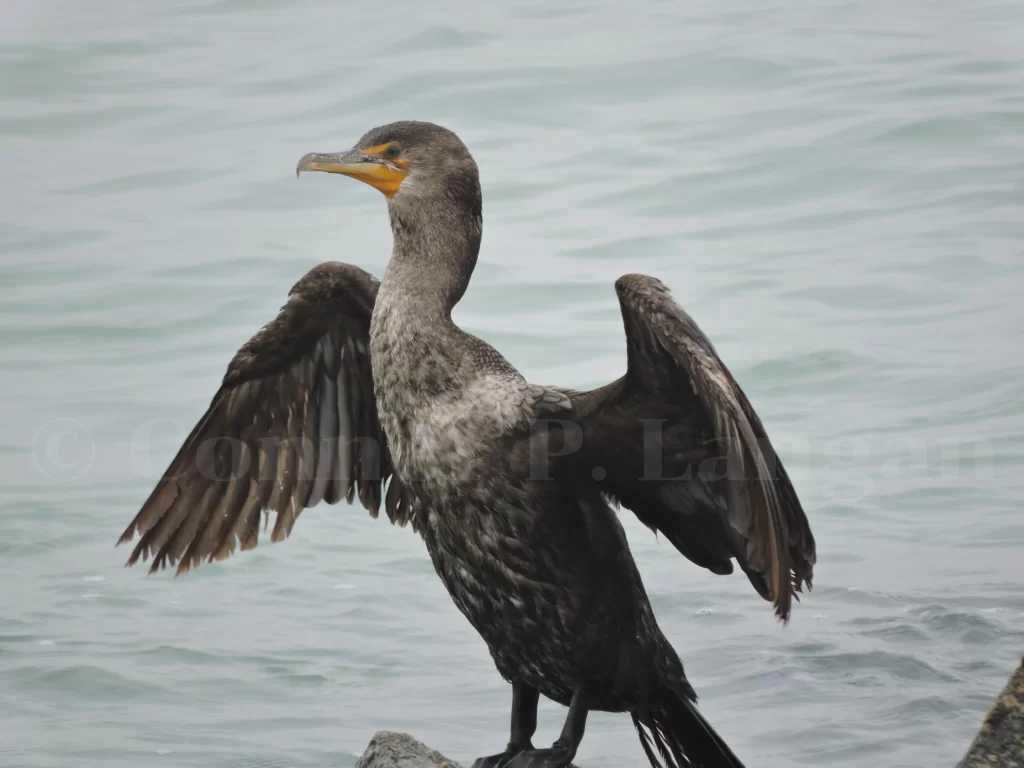
No, there is no difference between shags and cormorants. Indeed, shags are types of cormorants that comprise a group of 15 birds. Some shags were given their iconic names because of supposed differences in appearance to cormorants. In reality, there is no meaningful difference between shags and cormorants, as these birds are in the same family of birds as cormorants.

